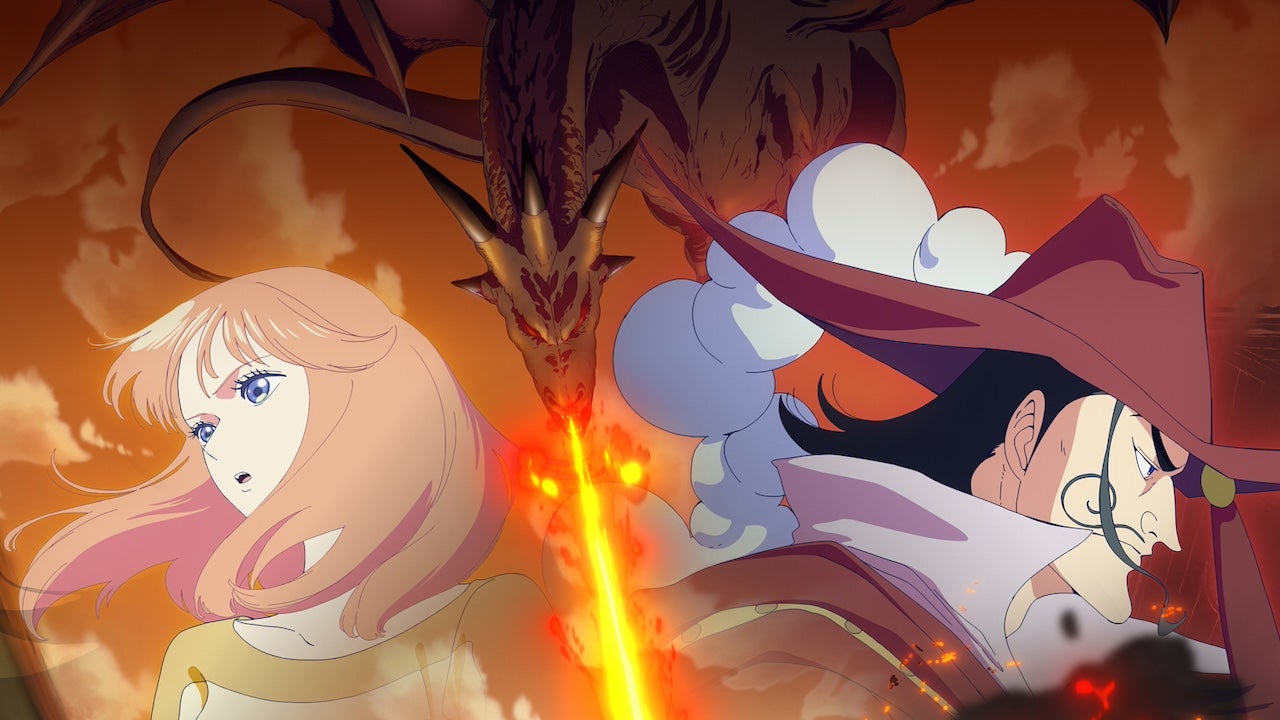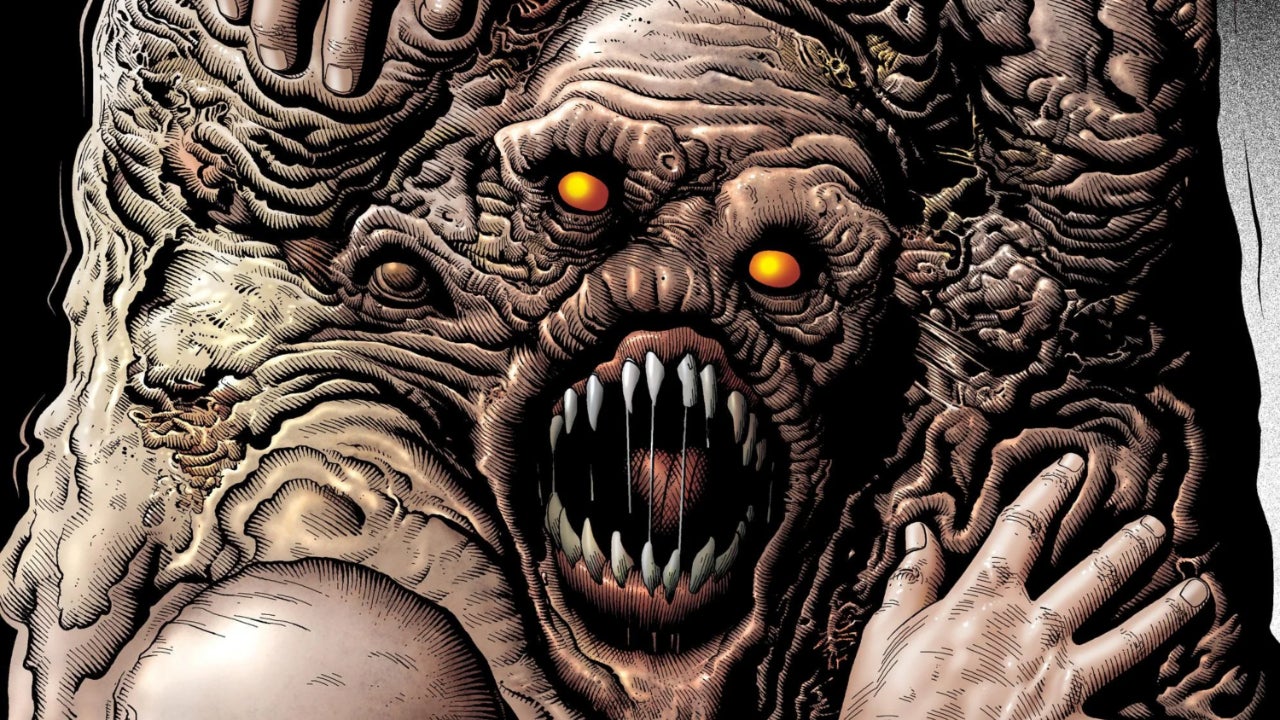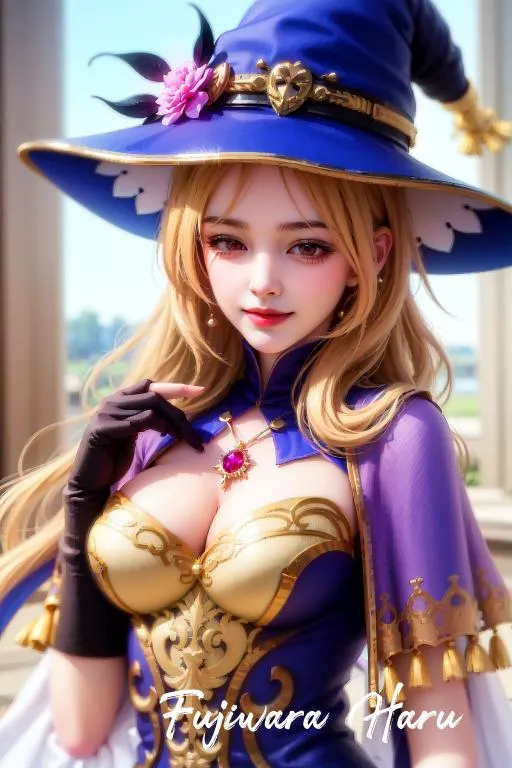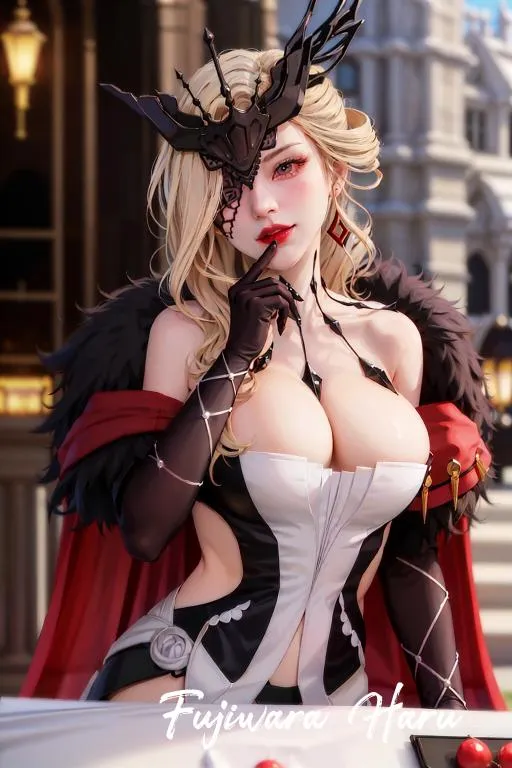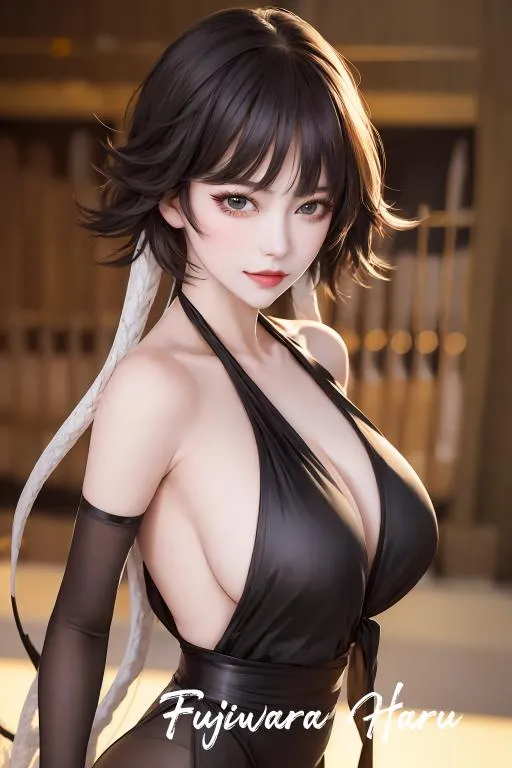Monsters: 103 Mercies Dragon Damnation is now streaming on Netflix.
Eiichiro Oda’s One Piece has found success across a vast array of media: manga, two hit TV adaptations (with a third on the way), and games – so it’s easy to imagine studios, networks, streamers, and publishers wanting more golden eggs from this internationally popular goose. Enter Monsters: 103 Mercies Dragon Damnation, based on a story Oda wrote three years before One Piece started and focusing on a character he later folded into his seafaring epic. Unfortunately, Monsters doesn’t seem destined to join the growing ranks of beloved, Oda-derived properties: It fails to tell its story effectively in the span of 25 minutes, much of the dialogue goes by too quickly to resonate, and its twists aren’t given the space they need to land.
In Monsters, a samurai named Ryuma saves a town from bandits and a rampaging dragon. Oda has confirmed that this is the same Ryuma who appears in One Piece’s Thriller Bark arc, and the new anime attempts to bridge the discrepancies between the worlds of Monsters and One Piece: As he does during the Straw Hats’ time on Thriller Bark, Ryuma wields the katana Shusui, and his kimono more closely matches his One Piece wardrobe. But this version of Monsters largely relies on its minimal connection to its more widely known successor to justify its existence, adapting scenes from its own source material far too safely and quickly.
Despite the pedigrees of its creative team, the anime also suffers on a visual level. Director Sunghoo Park is known for the grounded and fast-paced action sequences he brought to Tower of God and the first season of Jujutsu Kaisen, but Monsters is almost devoid of action or unique composition. The characters – rendered in an updated style by One Piece animator Takashi Kojima – are static for much of the runtime, just standing around talking to one another. When the action does pick up, it’s over within seconds. Even the special’s climatic fights are blink-and-you-miss-it affairs, lacking the extended fighting with which Park made his name. Save for a few interesting moments – such as the stunning black-and-white impact shots and a psychedelic image of laughing villains that seemingly calls back to JJK – the director’s work here is nondescript.
Kojima’s contributions to Monsters are more of a mixed bag. In addition to the changes that bring Ryuma closer to how he appears in One Piece, the villainous D.R. receives a phenomenal upgrade with pointy devil ears, a snake-like tongue, ghost-white skin, and additional bodily heft. While this mirrors Oda’s habit of channeling his characters’ defining traits through their designs, many of his other stylistic signatures get lost in translation. The background characters have a flattened look; their silhouettes are smooth and feature more complex eye details than those seen in One Piece. Part of that series’ charm comes from how Oda’s art marries Western and Japanese conventions, but there’s a lack of distinctiveness to some Monsters characters that leaves them feeling like they could have come from just about any anime.
The act of reading a manga provides natural breaks to absorb what’s happening in the story: Analyzing the art, for example, or turning the page. But Monsters: 103 Mercies Dragon Damnation has no such padding, and instead tears through information at lightning speed. There’s no room for surprise: As supposed twists occurred, I was still digesting how we reached those points in the story. At the same time, it never fully harnesses movement or sound to enhance its printed source material. This is adaptation-as-checklist, each cautious choice made to ensure a complete and faithful retelling of Oda’s original manga. It’s a hasty act of brand extension and little else.
